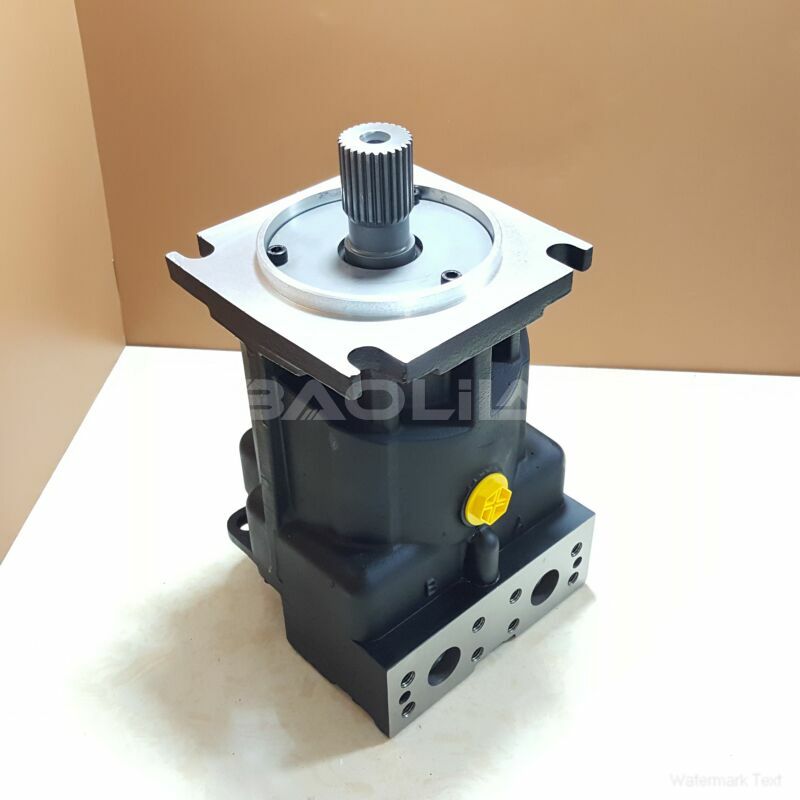90M100NC0N8N0S1W00NNN0000G0 danfoss motor
90M100NC0N8N0S1W00NNN0000G0 danfoss motor

- Product Details
- Applicable Scene
Hydraulic systems are integral to various industrial applications, enabling efficient power transfer and control. Central to the performance of these systems are hydraulic motor seals and O-rings, which play crucial roles in preventing fluid leakage and maintaining system integrity. However, temperature fluctuations can significantly affect the performance and longevity of these components. Understanding the impact of temperature on seals and O-rings is essential for ensuring reliable hydraulic operation.
90-M-100-NC-0-N-8-N-0-S1-W-00-NNN-00-00-G0
90M100NC0N8N0S1W00NNN0000G0
One of the primary effects of temperature on hydraulic seals and O-rings is material expansion and contraction. As temperature increases, the materials used in seals and O-rings expand, potentially leading to changes in their dimensions and tolerances. Conversely, cooling can cause materials to contract, which may result in gaps that compromise sealing performance. This cyclical behavior can lead to issues such as increased wear, reduced sealing efficiency, and ultimately, failure of the seal.

9631140
Moreover, temperature influences the viscosity of hydraulic fluids. At high temperatures, fluids typically become less viscous, which can alter how they interact with seals and O-rings. This change can lead to an increased likelihood of fluid leakage, as the lower viscosity may not provide adequate lubrication, raising the risk of abrasion and damage to sealing surfaces. Conversely, at low temperatures, fluid viscosity increases, which may impede the movement of hydraulic components, increasing the stress on seals and O-rings and potentially leading to premature wear.
The chemical stability of materials used in hydraulic seals and O-rings is also temperature-dependent. Higher temperatures can accelerate the degradation of elastomers and other sealing materials, causing hardening, cracking, or other forms of deterioration. For instance, common materials like nitrile rubber (NBR) and fluorocarbon (FKM) exhibit significant differences in their performance at elevated temperatures, affecting their lifespan and functionality in hydraulic applications. This highlights the importance of selecting the appropriate material for specific temperature ranges and conditions.





